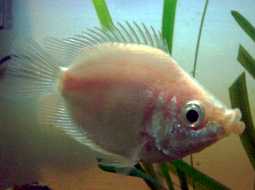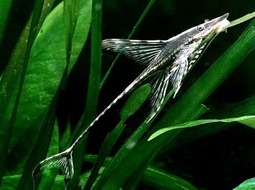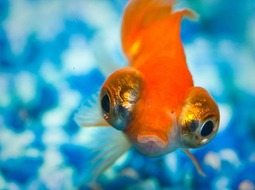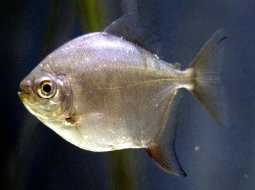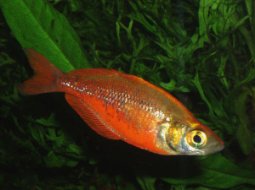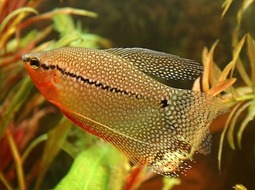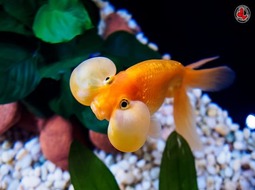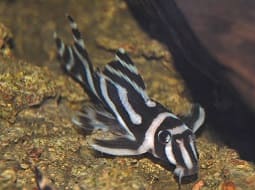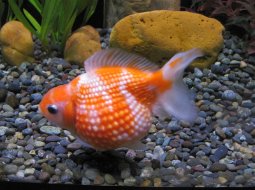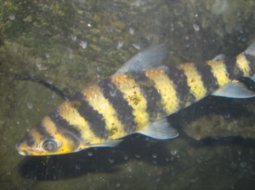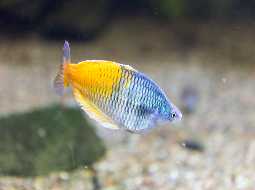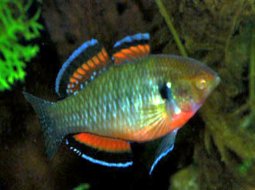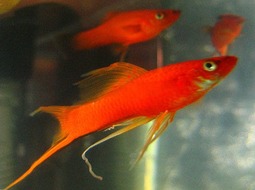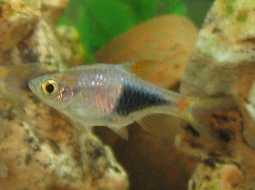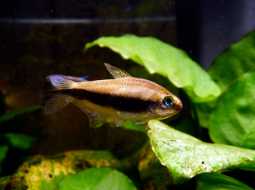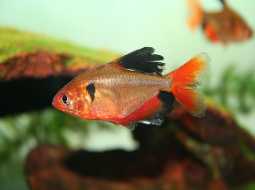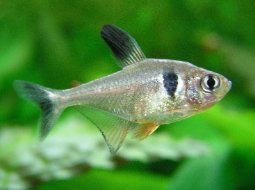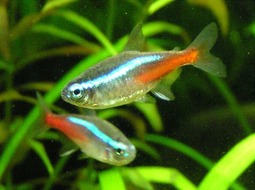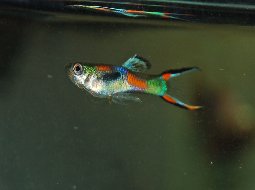
Loading Aqualapp ...
Care and Compatibility of IndoPlanorbis Exustus - Planorbis planorbis
Introduction
The IndoPlanorbis exustus, also called flat shell snail, is a freshwater snail appreciated in the aquarium hobby. Its distinctive shell, which is flat and oval-shaped, sets it apart from other snails. This snail is commonly found in aquariums due to its ability to control algae growth. It is a herbivore that feeds on algae and plant debris, contributing to the balance of the aquatic ecosystem. In its natural habitat, it is found in ponds, slow-flowing streams, and rivers in regions of Southeast Asia such as India and Indonesia.
Behavior
The IndoPlanorbis exustus, known as the flat shell snail, is a species of freshwater snail commonly found in aquariums. It is appreciated for its flat shell and its habit of spending time on the water's surface. This snail is herbivorous, feeding on algae and plant debris. It is peaceful and can coexist with other species in community aquariums.
Sexual Dimorphism
Sexual dimorphism in Planorbis planorbis is not easily discernible.
Reproduction
Reproduction of the IndoPlanorbis exustus can occur in aquariums with suitable conditions. They are capable of laying eggs on hard surfaces, and the emerging fry are small and can thrive on microscopic food. Maintaining a stable aquatic environment will favor the successful reproduction of this species.
Aquarium Conditions
Planorbis planorbis, commonly known as the planorbid snail, can be kept in a freshwater aquarium with adequate filtration and a stable temperature between 20-25°C. They are herbivorous snails that feed on algae and leftover food. Aquarium décor may include hardy plants and sandy substrates.
Feeding
This snail is herbivorous and feeds on algae and plant debris in the aquarium. Providing a balanced diet with fiber-rich foods will contribute to its well-being. Given its peaceful nature, it does not aggressively compete for food resources, making it a favorable addition to community aquariums.
Complexity
Caring for Planorbis planorbis is straightforward. They are peaceful snails and can contribute to cleaning the aquarium of leftover food and algae. However, they can reproduce rapidly under favorable conditions, so it's important to control their population to prevent overproduction.
In case you need more help, or if you want to know into any topic related to the Planorbis planorbis (IndoPlanorbis Exustus) and even any other species you can use the forums to ask what you need.
To do an analysis more detailed about coexistence and behavior of Planorbis planorbis (IndoPlanorbis Exustus) use the Aquarium simulation tool, if you do this you can test different ways to combine the IndoPlanorbis Exustus with other fishes giving the dimensions and space on you aquarium, on this way you can known the optimal configuration for keep the fishes that you want.
You can also find out the 148 species compatible with the Planorbis planorbis (IndoPlanorbis Exustus) can live together.
Note: The parameters of the water such as PH and temperature are also used to calculate the compatibility of the species.
Compatible species (148)
Compatible (57 Species)
Compatible without any restriction
With Reservation (47 Species)
Compatible in some cases, it depends on the nature and personality of the fish.
Las especies territoriales por lo general pueden convivir con especies protegidas con coraza, ya que no pueden hacerles daño por su dura piel, lo que si hay que tener en cuenta es tener un acuario con dimensiones favorables para que cada pez pueda delimitar un territorio, ya que la mayoría de peces acorazados son también peces de fondo y les gusta estar buscando lugares donde ocultarse.
Considerable size difference (27 Species)
They can coexist while they are similar in size or the size difference is not very abysmal, since as the fish grows it increases the chances of eating its partner that did not grow much.
Food competition (17 Species)
They can live together but you have to be careful since it is likely that the fastest fish will take all the food and leave nothing for their partners who are slow swimmers, so you have to make sure that everyone can eat.
IndoPlanorbis Exustus
Planorbis planorbis

- Ph: 7 - 8
- Temperature (c°): 20 - 28
- Measures: 1 cm - 2cm
- Aquarium Capacity:
3 Liters - 1 Gallons - Comportamiento: Peaceful
- Morfología: Cuirass or Carapace
- Tamaño: Very small
- Taxonomía: Snail
- Tipo de Agua: Sweet water
- Velocidad de nado o movimiento: Slow
- Zona de Nado: Aquarium background, Swimming on aquarium surface


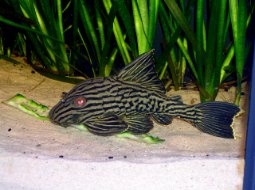

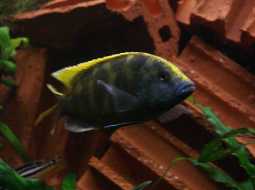
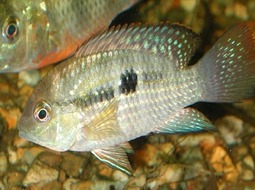
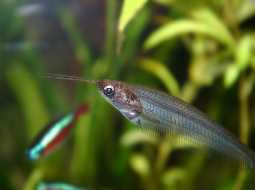

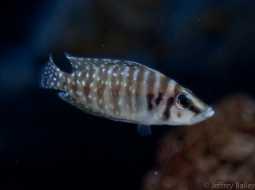


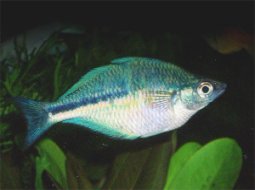



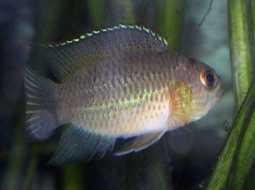

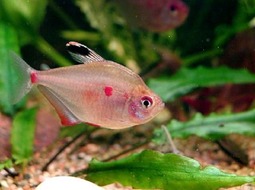
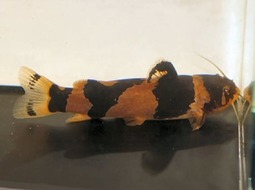

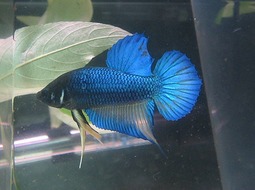


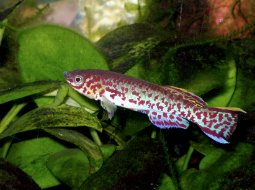


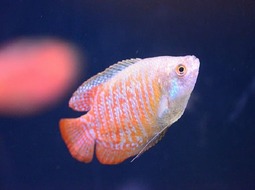
.jpg)
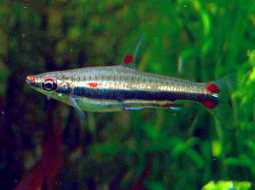

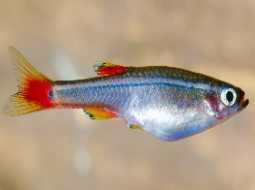

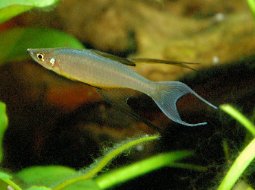

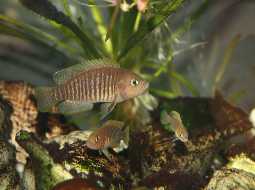







.jpg)


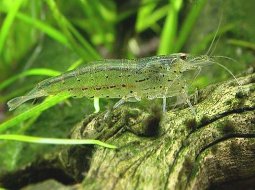
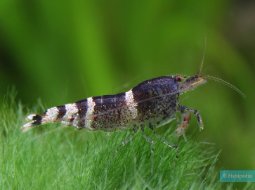
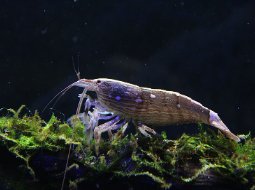




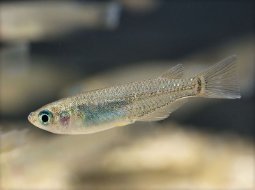

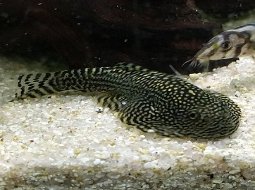


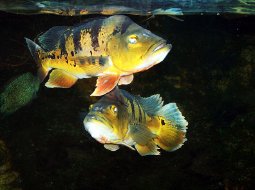
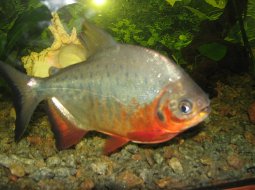


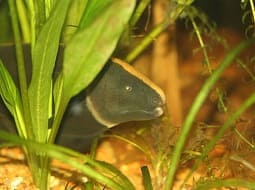


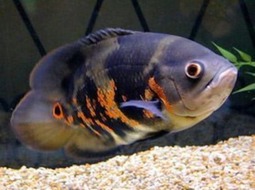







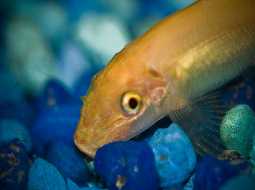
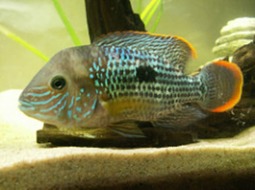
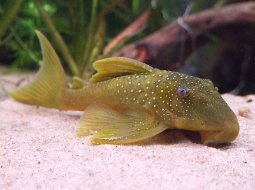
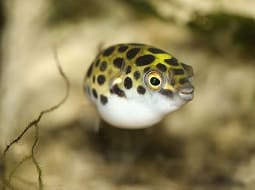


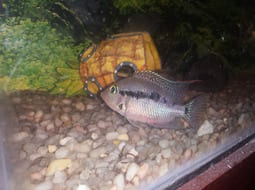

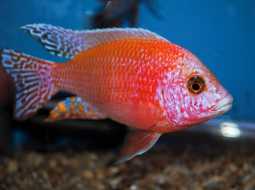
.jpg)
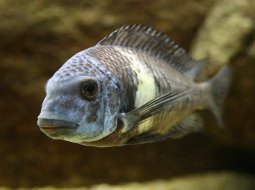
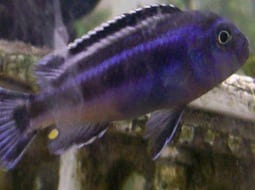


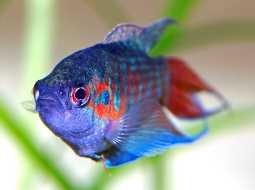




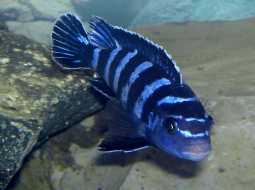
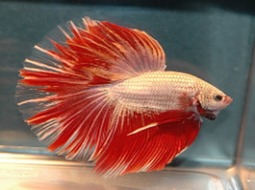
.jpg)
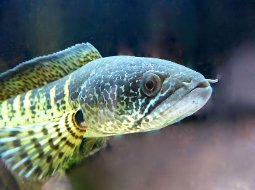
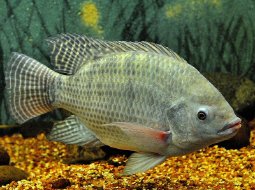
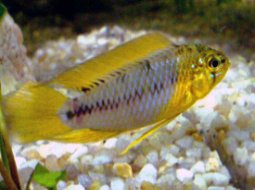









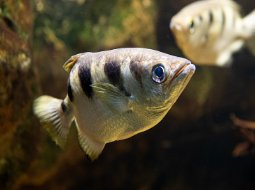

.jpg)
